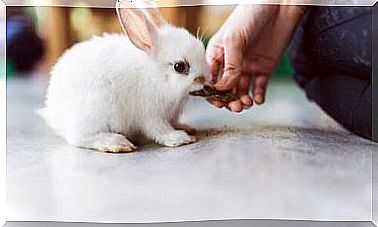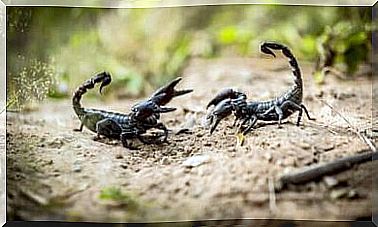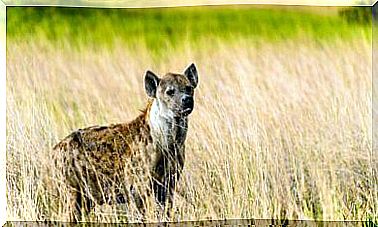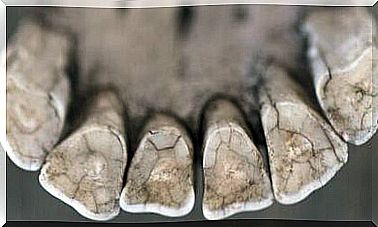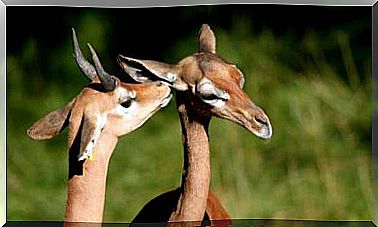4 Little Sleepers
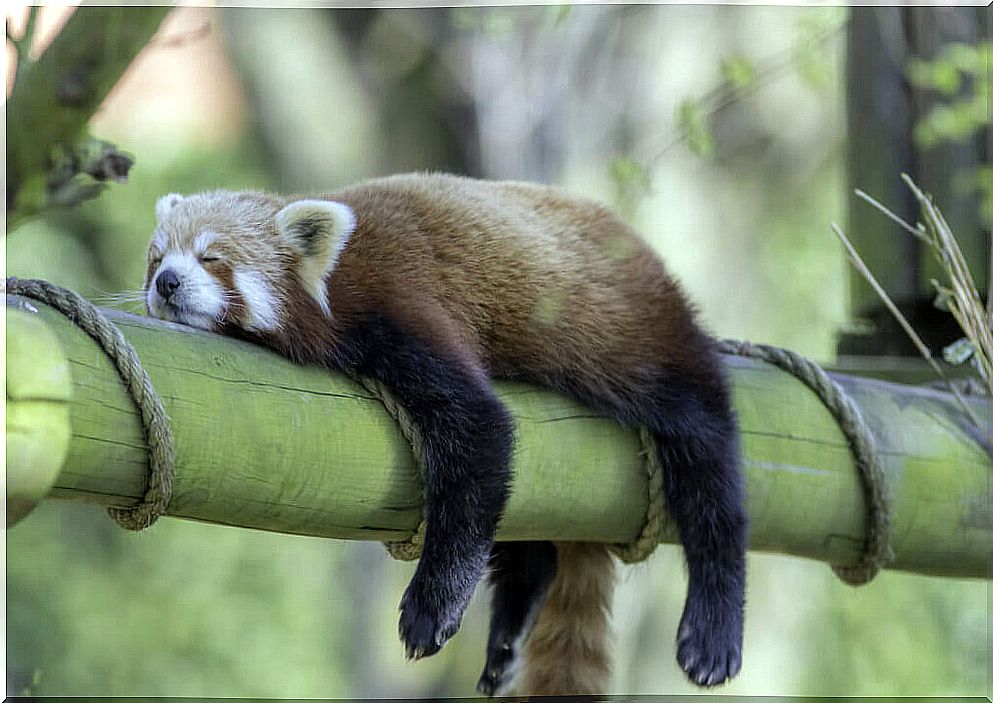
Sleep – which some consider cowardice and others enjoy as the best part of the day – is necessary for the proper functioning of the body. However, there are certain animals that sleep little due to the way of life they lead and the dangers that threaten them.
But how does sleep work? In the following lines, an introduction to the sleep-restoring processes will be presented and, later, to show how some animals managed to bypass or reduce some of these functions.
the functions of sleep
Sleeping is a vital process in animals, as lack of sleep can have fatal consequences in the body, possibly causing death. In fact, there are no animals that don’t sleep.
The main beneficiary of sleep is the brain: while we sleep, all the stimuli that make it work are suppressed, so that it can rest. However, this organ also “works” at night, consolidating what was learned during wakefulness – especially in the moments before rest – and fixing the individual’s episodic memories.
Sleep in animals triggers a series of restoration mechanisms necessary for the proper functioning of the body, not just the brain: skin and muscles are restored and heart health is preserved. Internal damage is also resolved and the digestive process is properly completed.
4 animals that sleep little
In nature, there are animals that sleep a few hours or even a few minutes and are able to survive in this way throughout their lives. They are living beings conditioned by the environment or way of life, so they have to distribute their rest in small periods of time.
1. Giraffes ( Giraffa camelopardalis )
These large herbivores only need sleep between 2 and 4 hours a day for restful sleep. However – and even during this short period – the giraffe divides its rest in intervals of at most 2 hours.
These mammals sleep at short intervals of about 10 minutes, it is mainly a light sleep during which they remain standing. If they lay down, the giraffes would be vulnerable to predators, which never dare approach due to their large size. This behavior is present in other prey such as elephants, horses or sheep.
There is another hypothesis that giraffes, which spend most of the day feeding, need short rest periods. In this way, sleep is much more compatible with feeding and rumination.
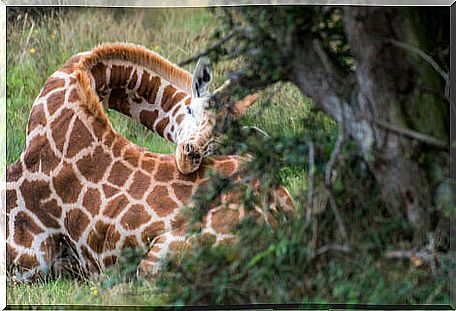
2. Dolphins and birds
Can an animal that lives in flight, like the Black Swift, sleep? And a marine mammal that never leaves the water? The answer to that question is found in uni-hemispheric sleep: sleeping with only one cerebral hemisphere activated.
Dolphins alternate the resting hemisphere to get a good night’s sleep on both sides of the brain. That’s how they manage to sleep while swimming and surface to breathe. In the case of birds, they can continue to fly while they sleep, especially in large migrations.

3. Ants
While not easily observable, insects also sleep. the ants rest for a period of about 4 hours a day. However, you will be surprised to find out how many times they share this time: the ants take about 250 naps of approximately one minute.
This type of rest is practiced by worker ants, gatherers and soldiers, but the queen can have a longer sleep. This is due to the privilege of never leaving the anthill. That way, she doesn’t have to share her rest so much.
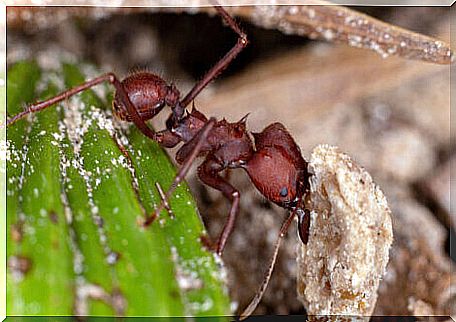
4. Fish: animals that sleep poorly and poorly
Fish, unlike the aforementioned dolphins, do not need to surface to breathe. However, they need to rest like any existing animal and, as you can imagine, during this sleep they are more vulnerable to attack by a predator.
Therefore, when it comes to rest, many fish look for a place to take refuge and not be seen. During rest time, these animals stop swimming and decrease their basal metabolic activity.
Initially, it was thought to be mere rest rather than sleep itself, but recent studies have documented REM sleep in zebrafish ( Brachydanio rerio ) for the first time. In fact, these fish – with whom we share a large part of the genome – have sleep patterns very similar to humans.
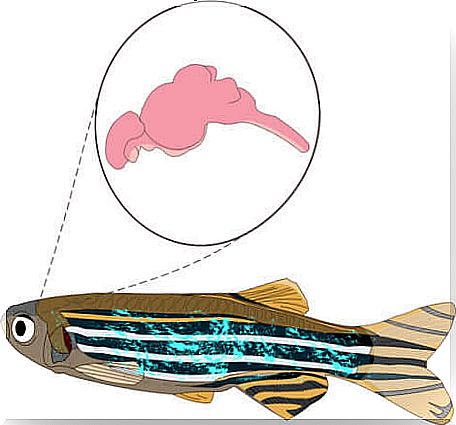
Final notes on animals that sleep little
As you can see, there are animals that do not have the privilege of being able to sleep for many hours at a time. Certainly, the human being would not rest for 8 hours straight if he lived in nature. Other animals that also need an uninterrupted rest period have to deal with the dangers of predators or know how to build a good refuge.

